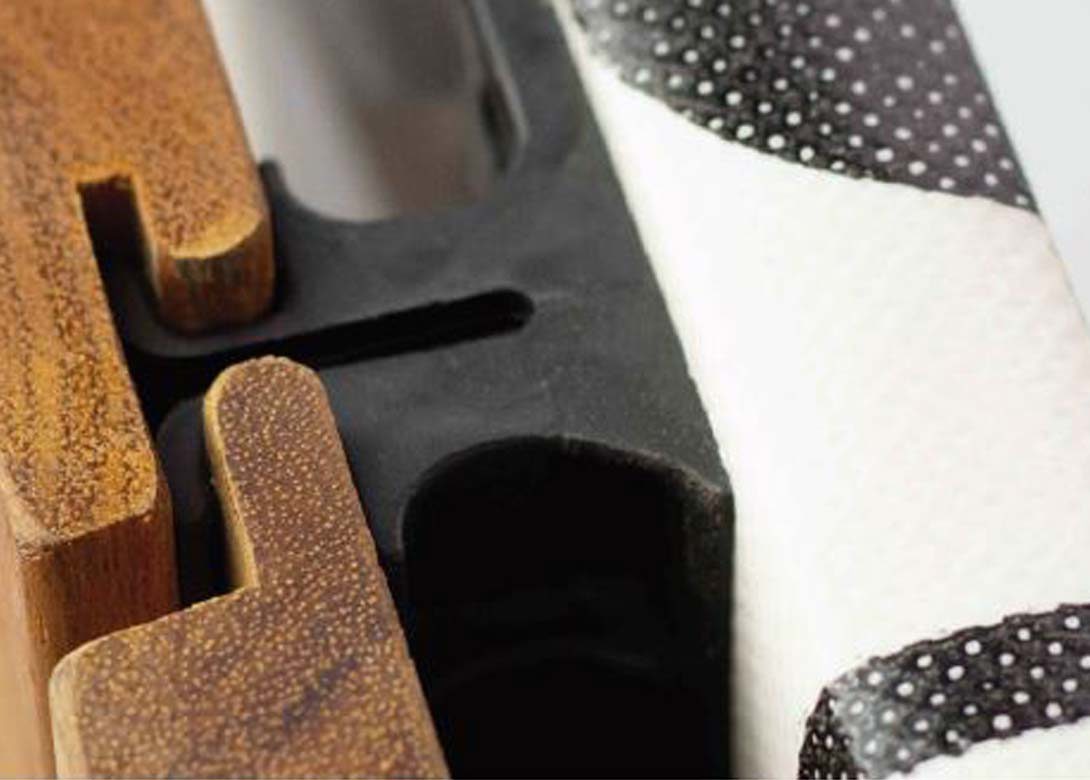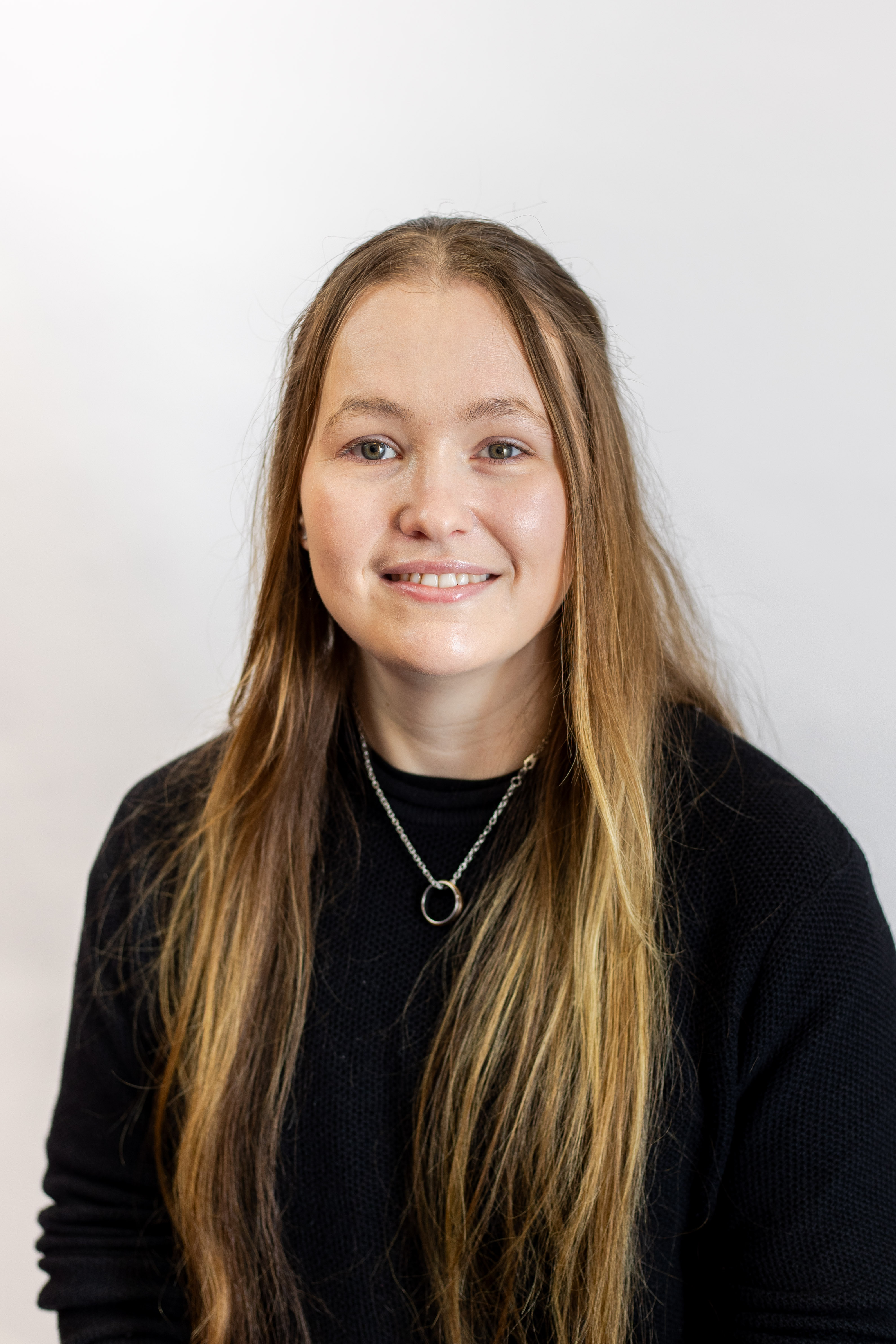
Here, ARaymond outlines how the company aided a customer to find a solution in an industrial project which required an alternate composite to aluminium.
“Often, the projects we work on are a result of casual conversations with our customers or an industry professional. For example, a potential client may show us a product that they offer and, after a brief discussion, we’ll often learn about the parts that could use improvement,” states Jason Reznar, senior development engineer at ARaymond.
This is what happened with Nova USA Wood, an importer and distributor of high-quality hardwood decking, siding and industrial products. “We saw a display of one of Nova’s top products, a patent siding clip that’s used to fasten wood panels to residential and commercial structures. Then, we got into a discussion with one of the company’s founders, Steve Getsiv, and realised we could likely solve a few material challenges and design a more cost-effective product for Nova,” says Henry Wiggin, business development manager – building/construction at ARaymond.
The siding clip
Nova designed its own Rainscreen Clip system, known as ExoClad QuickClip. ‘Rainscreen’ refers to a wood siding style built for ventilation and airflow to eliminate moisture damage to structure siding. The company’s ExoClad QuickClip was designed for quick and efficient installation of rainscreen siding.
“Designing anything with wood means that you must account for the potential swelling or shrinkage in your design, especially when you expect that humidity levels will not be consistent over time. As is the case with exterior siding, the wood swells when exposed to high humidity levels — such as on a rainy or foggy day. Conversely, the wood will shrink during dry spring or summer weather,” explains Nova co-founder, Steve Getsiv.
The ExoClad QuickClip provides this gap, allowing for the expansion and contraction of the wood while maintaining a secure attachment. However, the clip was originally made from extruded aluminium, which must be sourced externally and is costly.
“Aluminium extrusion requires aluminium mixers and a lot of processing, which adds to the costs. The material is extruded, then cut to size, and finally requires holes to be drilled for the screws. It’s a bit of a complicated process,” says Wiggin.
For these reasons, the founders of Nova had considered switching to composites, which require no post processing as the component is manufactured as one part. The conversation with the engineers at ARaymond Group led to further investigation.
“Nova was aware of some of ARaymond’s steel to composite conversions for other projects and was interested in our expertise in design and materials to cost down his current purchased part,” adds Reznar.
The challenge
The primary challenge in swapping an aluminium composite for Nova’s Rainscreen Clip was the overall shape, size and structure of the component could not change.
“From an engineering standpoint, we were limited on how much we could change in terms of the product packaging. So, we really had to get creative with our design because of the product constrains,” Reznar explains.
This meant ARaymond was limited in relation to strengthening the composite used to match the requirements of the aluminium. Finding a solution took some trial and error.
“So, our first simulation proved that the material that we chose because of its low-cost quality was unable to withstand the necessary requirements. For this project, we were able to rely on an internal procedure that’s capable of accurate cost analysis, which allowed us to approve and move forward with the composite design. We also have an expert simulations group that fully supported our efforts,” adds Reznar.
There were two other requirements to the product. The clip must hold regardless of the siding of the condition of the wood. The second requirement was the air gap, which is necessary to meet the safety and international building standards for the secure attachment to any exterior cladding.
“In this case, we’re dealing with the pull-off force related to high wind forces. So, we were pulling on the boards as part of the simulations that we were performing to ensure the composite used was able to meet this requirement, as well,” explains Reznar.
The result
After experimenting with various composite choices in simulations, ARaymond found a solution.
“It was really a matter grade – what grade of composite would reliably meet the product requirements without modifying the clip’s structure,” says Reznar. “We started with a low grade composite just to get an idea of where we needed to go. Eventually, it became clear that we had to strengthen the material with an additive to reliably meet the load and force requirements — and we did.”
From the initial conversation with Nova, ARaymond was able to work through design simulations, composite grades, cycle testing, and print a 3D prototype for fit and function, completing the final product in just under a year.
“We’re extremely proud of our team’s efforts in this project and fully confident in the siding clip and its reliability and longevity, thanks to the simulation and lifetime testing that we’re capable of offering,” concludes Reznar.

Becca is the latest member to join our team and is eager to get stuck into the world of fasteners. She brings an enthusiastic and fresh outlook on what we do editorially and will be leading our social media activity – including sourcing material, editing articles and posting online.






